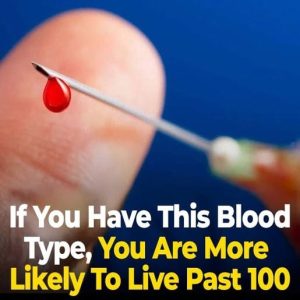Urticaria, or hives, is a common skin condition that affects 1 in 5 people at some point in their lives. It causes “intensely itchy, raised patches” called weals, which can be round, ring-shaped, or join together. They often appear after scratching and may occur anywhere on the body.
It happens when mast cells release histamine into the bloodstream, causing fluid to leak from capillaries. While the hives usually disappear within 24 hours, the condition may take longer to resolve.
In some cases, urticaria comes with *angio-oedema*—swelling under the skin affecting soft areas like lips, eyelids, or the mouth. These swellings “take longer to disappear and are more painful than itchy.” If this occurs without hives, it could signal *hereditary angio-oedema*, which needs different tests and treatment.
Urticaria types include:
* **Acute** (lasting less than 6 weeks, often with a known cause),
* **Chronic** (lasting over 6 weeks, with an unknown cause),
* **Physical** (triggered by cold, heat, pressure, sunlight, or scratching).
Common triggers include allergies, infections, and emotional stress.
Most cases clear on their own, but persistent symptoms can be treated with “antihistamines, steroid tablets, or menthol cream to relieve itchiness.”





